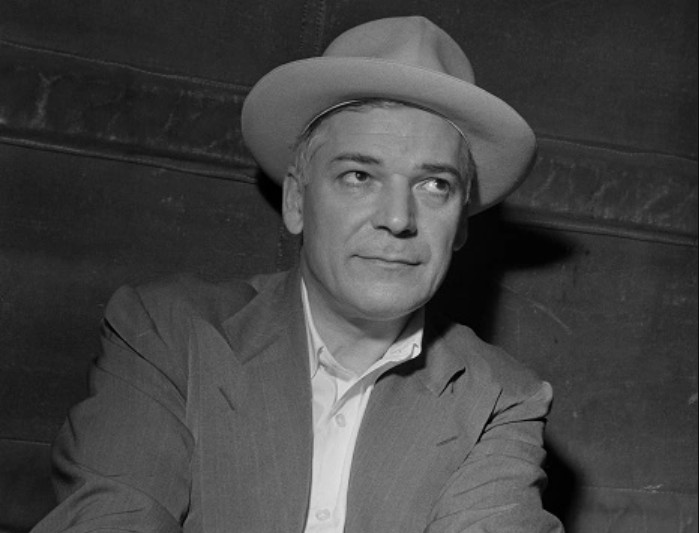
Anthony Cornero Stralla
Childhood
Born August 18, 1899, in Lequio Tanaro, Italy, Cornero immigrated to San Francisco with his family after his father lost their farm in a card game. Following his father’s death, his mother remarried Luigi Stralla, whose surname Cornero later adopted. He worked on merchant ships as a young man, gaining nautical expertise that would prove crucial in his bootlegging career.
Career
Prohibition Era (1920s–1930s)
Cornero became a millionaire rum-runner by smuggling Canadian whiskey into Southern California using a fleet of ships, including the Lily, which carried 4,000 cases per trip. His operation evaded authorities until 1926, when he was arrested but famously quipped, "I only bought the liquor to keep 120 million people from being poisoned" before escaping custody and fleeing to Europe.
Las Vegas Ventures (1930s–1940s)
Though not directly involved, his brothers opened The Meadows (1931), Las Vegas’s first "carpet joint" casino. Cornero later operated the SS Rex in downtown Las Vegas (1945) but faced licensing issues due to his criminal past.
Floating Casinos (1936–1946)
Cornero’s most audacious venture was the Rex and Tango, luxury gambling ships anchored off California’s coast. The Rex hosted 2,000 guests, offering French cuisine and high-stakes gaming until Governor Earl Warren forced their closure in a dramatic standoff where Cornero hosed down police attempting to board.
Stardust Casino (1950s)
Cornero conceived the Stardust Resort & Casino, buying 40 acres on the Las Vegas Strip. Denied a gaming license, he secured loans from mob figures like Moe Dalitz but died mysteriously in 1955 before its completion. The Stardust opened in 1958, becoming the world’s largest hotel.
Personal life
Cornero married Dorothy Friend Thaxton, a nightclub singer, in 1941, but their tumultuous marriage ended in annulment after a violent altercation. Dorothy died weeks later in a suspicious car crash while Cornero followed her 4. In 1948, he survived an assassination attempt, shot four times at his Beverly Hills home.
Revenue
At his peak, Cornero’s floating casinos earned $300,000 per cruise. His bootlegging operations netted millions, though exact figures are unverified. The Stardust, posthumously completed, became a billion-dollar enterprise.
Interesting facts
Offered a day’s proceeds from the Rex to save the Los Angeles Zoo (1939), but politicians blocked it.
Credited with placing slot machines in hotel lobbies to lure guest.
His death during a craps game sparked rumors of poisoning; no autopsy was performed.
Legacy
Cornero pioneered offshore gambling and Las Vegas’s mega-resort model. The Stardust operated for 49 years before its 2007 demolition. His life inspired books and documentaries about Prohibition-era racketeering.
Frequently asked Questions
Yes, he borrowed from mobsters like Meyer Lansky for the Stardust but avoided direct affiliation.
Collapsed during a craps game in 1955; rumors suggest poisoning, but officials declared it a heart attack.
Initially, yes (international waters), but California redefined territorial limits to shut them down.
Opened in 1958, imploded in 2007. Its lobby slot machine design became an industry standard.















